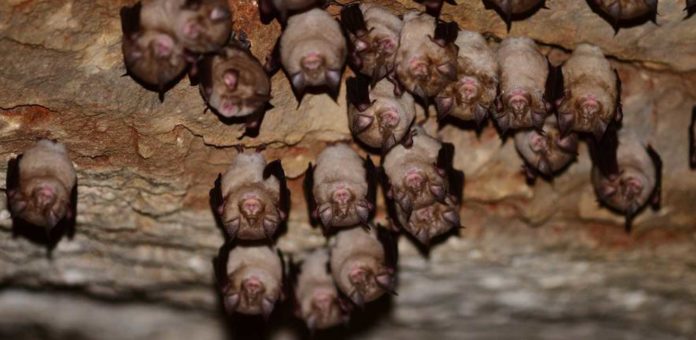In a new study by the University of Cambridge, scientists have identified genetic adaptions similar to those made by SARS-CoV – which caused the 2002-2003 SARS epidemic. This proposes that there might be a common mechanism by which this family of viruses mutates to jump from animals to humans.
This understanding can be used in future exploration to distinguish viruses circulating in animals that could infect humans (known as zoonoses) and which possibly represent a pandemic threat.
Dr. Stephen Graham in the University of Cambridge’s Department of Pathology, who was involved in the study, said, “This study used a non-infectious, safe platform to probe how spike protein changes affect virus entry into the cells of different wild, livestock and companion animals, something we will need to continue monitoring closely as additional SARS-CoV-2 variants arise in the coming months.”
In the 2002-2003 SARS epidemic, scientists had the option to distinguish firmly related isolates in the two bats and civets – in which the infection is thought to have adapted to infect people. Nonetheless, in the current COVID-19 outbreak, scientists don’t yet know the transitional host’s identity or have similar samples to investigate. However, they do have the sequence of a related bat coronavirus called RaTG13, which shares 96 percent similitude to the SARS-CoV-2 genome. The new investigation thought about the spike proteins of both viruses and identified a few significant differences.
To examine whether these differences between SARS-CoV-2 and RaTG13 were involved in the adaptation of SARS-CoV-2 to humans, scientists swapped these regions. They examined how well these resulting spike proteins bound human ACE2 receptors – using a method that does not involve using live virus.
The study showed SARS-CoV-2 spikes containing RaTG13 regions were unable to bind to human ACE2 receptors effectively. In contrast, the RaTG13 spikes containing SARS-CoV-2 parts could bind more efficiently to human receptors – although not to the same level as the unedited SARS-CoV-2 spike protein. This potentially indicates that similar changes in the SARS-CoV-2 spike protein occurred historically, which may have played a key role in allowing the virus to jump the species barrier.
Scientists also investigated whether the SARS-CoV-2 spike protein could bind to the ACE2 receptors from 22 different animals to ascertain which of these, if any, may be susceptible to infection. They demonstrated that bat and bird receptors made the weakest interactions with SARS-CoV-2. The lack of binding to bat receptors adds weight to the evidence that SARS-CoV-2 likely adapted its spike protein when it jumped from bats into people, possibly via an intermediate host.
Graham said, “As we saw with the outbreaks in Danish mink farms last year, it’s essential to understand which animals can be infected by SARS-CoV-2 and how mutations in the viral spike protein change its ability to infect different species.”
Journal Reference:
- Conceicao, C. et al.: ‘The SARS-CoV-2 Spike protein has a broad tropism for mammalian ACE2 proteins’. PLOS Biology, Dec 2020. DOI: 10.1371/journal.pbio.3001016
